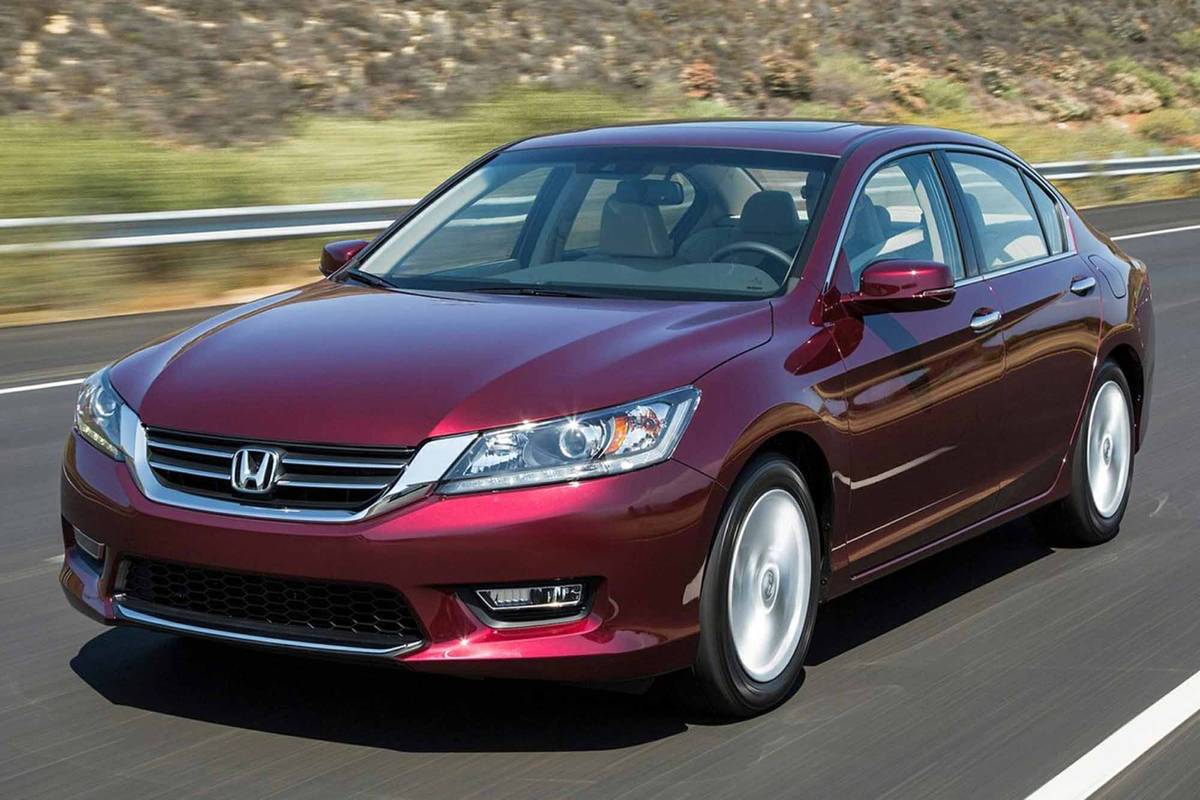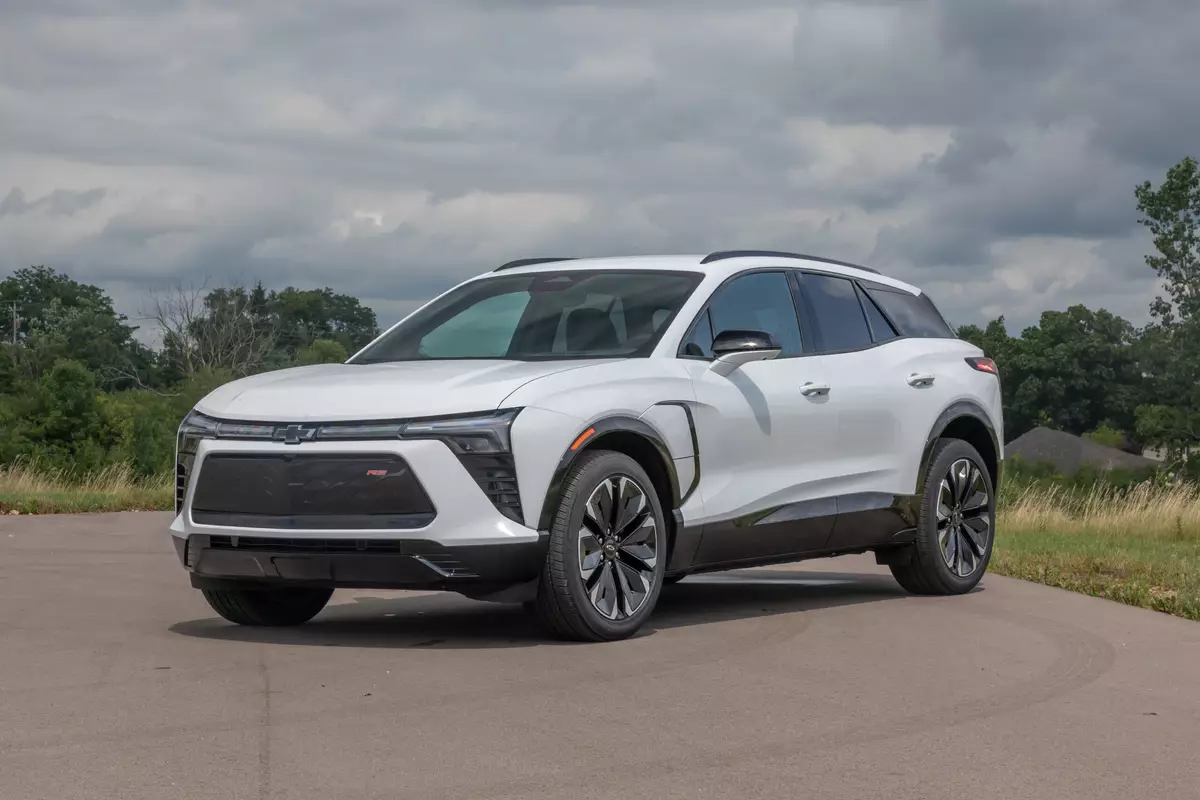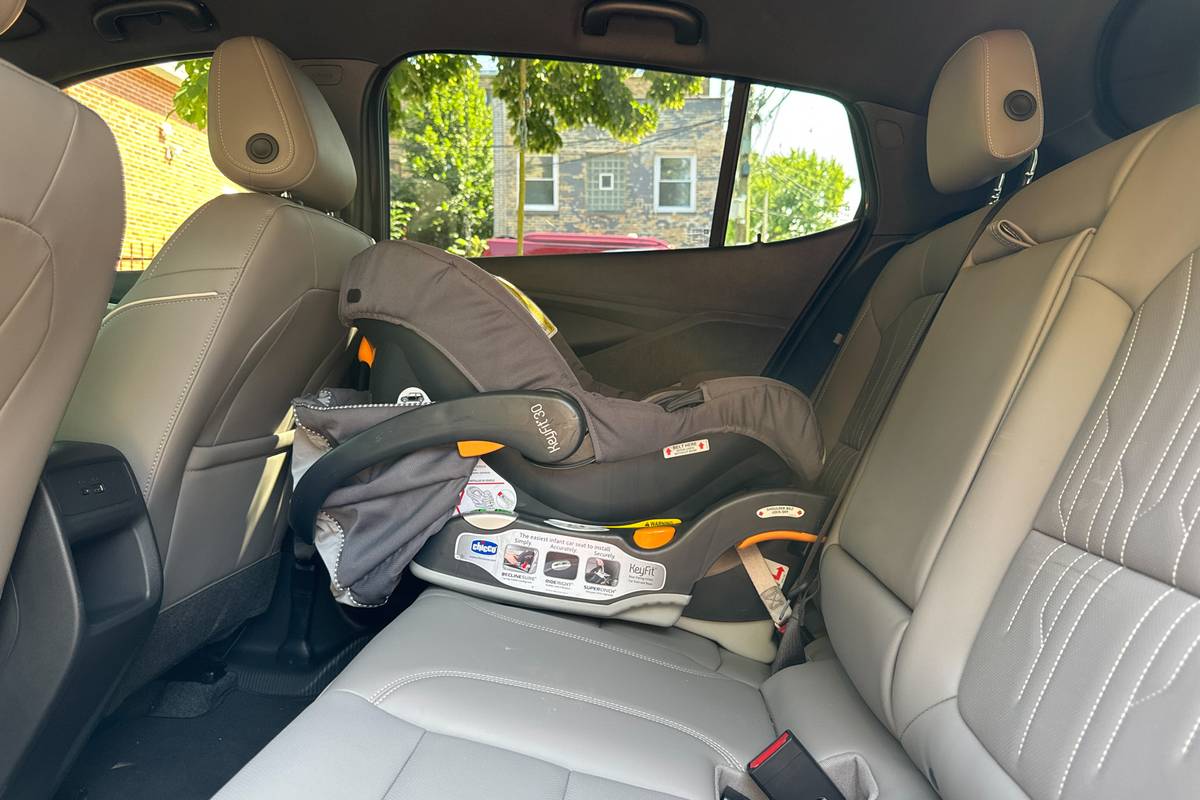chicagotribune.com's view
The Kia Rio is basic transportation: A vehicle to get you from Point A to Point B without costing a lot of money or burning a lot of fuel.
Like the Bic lighter, it was considered by some disposable.
But thanks to the recent spike in gas prices, as well as a few upgrades in key features, people are looking at the Rio differently now than they had when it came out in August 2000.
For 2006 the South Korean automaker has redesigned its entry-level subcompact.
Rio is offered base and top-of-the-line LX versions in sedan and Rio5 hatchback form.
The hatchback is built on the same 98.4-inch wheelbase but at 158.1 inches overall is about 8 inches shorter than the sedan.
We tested the sedan, which has impressive styling that doesn’t look like a bargain-basement offering and, more important, is solid without squeaks, rattles or tinny hum when you slam the doors.
It’s still a high-mileage, low-cost sedan that keeps the price down by making such essentials as power windows, door locks and mirrors optional rather than standard and not even offering a power sunroof.
Odd how you take for granted such features as power locks and windows until forced to lock and unlock each door separately and crank the handle to roll the glass up or down.
But it has added side-impact air bags as well as side curtains as standard, highly unusual for a subcompact.
And it has stretched the wheelbase by about 4 inches, to give it a better road stance and friendlier manners.
The 1.6-liter 4-cylinder engine has been upgraded to deliver 110 horsepower and develop 107 foot-pounds of torque. That’s in response to complaints that the 104-h.p. and 104 foot-pounds of torque made the performance of the previous model akin to that of a Model T.
And the 5-speed manual that’s standard shifts very smoothly with none of balkiness or hang-ups of the old manual.
While adding a little more power, the fuel-economy rating is a most attractive 32 m.p.g. city/35 m.p.g. highway. With optional automatic the rating is 29/38.
One problem not solved, however, is the 14-inch radial tires. They are narrow and tend to wander too much side to side on the pavement. Too little tire for too much car, even a subcompact like this.
A wider-profile, 15-inch radial would provide more stability and help reduce pronounced body lean in corners. With the 14-inch radials, Rio is too light on its feet. The Rio5 does have the 15-inchers as standard.
“Stay tuned in 2007,” advised Fred Aikens, product strategy manager for Rio, who said Kia also recognizes a larger tire would be more appropriate for a larger car.
Best bet is to accept Rio as a high-mileage machine that gets as good if not better mileage than some gas/electrics without that $3,000 to $5,000 premium for hiding a battery pack under the rear seat. It’s just not built to step lively into or out of a slalom course.
We tested the LX, which starts at a pleasant $12,445 and is powered by the 1.6-liter, 4 with that manual that shifts so smoothly it should be required in high school driver’s ed classes.
While there is a little more horsepower and torque, you’ll feel it most when moving from the light. Rio has that zero- to 30-m.p.h. burst and then settles into economode.
Air conditioning, AM/FM/CD player, tilt steering wheel, tinted glass, 60-40 split folding rear seat backs, automatic on/off headlamps, rear window defroster and body colored bumpers and door handles are standard. But the high-cost items are optional. They include automatic transmission at $850, anti-lock brakes at $400 and a package that adds power windows, door lock and mirrors (heated) and keyless entry at $600. That package was missing from the test car. And to get ABS, you have to buy the power package.
You can dress Rio up as well by adding a deck-lid spoiler at $70.
The base model Rio starts at $10,570, but you can’t get automatic transmission, ABS or the power package in it.
Noteworthy features include a shopping-bag hook on the back of the front passenger seat, small coin holder tray in the dash to the left of the steering wheel, fuel filler and deck lid release levers on the floor next to the driver’s seat and a fairly spacious trunk with rear-seat backs that fold if you need to hold more stuff in the cabin.
Seats provide plenty of cushion support front and rear, and there’s enough space between rear-seat occupants to make long-distance travel tolerable.
There’s a power plug for the cell phone in the dash and dual cupholders for front-seat occupants but only a single cupholder in the back of the center console for the two rear-seat passengers.
Kia spokesman Tim Kane said the automaker expects to sell about 35,000 to 40,000 units annually, with the average buyer age at 45 and median household income at $40,000.
Kia expects the subcompact market to account for sales of more than 250,000 units this year and grow by 27 percent the next two years, though Aikens said some forecasters see the market growing by 50 percent by 2010.
Two reasons for the expected growth: Consumers whose income levels demand they shop entry-level and consumers who fear a repeat of staggering gas prices.
“When gas reached $3 a gallon, it got people looking at small cars,” Aikens said. “And for 2006 Rio gets 20 percent better mileage than it did in 2005, 32 m.p.g. city and 35 m.p.g. highway with the 5-speed manual versus 25/31.” The automatic gets 29/38, up from 24/31.
“You can get that kind of mileage without having to buy a hybrid, and you can buy a lot of gas with the premium you have to pay on most hybrids,” Aikens said.
Rio rivals are the Scion xA, Hyundai Accent and Chevrolet Aveo, but new entries are coming next year: the Yaris from Toyota, Fit from Honda and Versa from Nissan, a trio of cars from name-brand automakers expected to draw more attention to entry-level cars in the future.
– – –
2006 Kia Rio
$12,515*
Price as tested
WHEELBASE
98.4 inches
LENGTH
166.9 inches
ENGINE: 1.6-liter, 110-h.p. 4-cylinder
TRANSMISSION: 5-speed manual
CITY 32 m.p.g.
HWY 35 m.p.g.
THE STICKER
$12,445 Base
$70 Carpeted floor mats
*Add $540 for freight
PLUSES
– High mileage and low price.
– Comfortable and quiet cabin for an econocar.
– Longer wheelbase for better ride and handling.
– Slightly more powerful engine.
– Smooth 5-speed manual.
– Side-curtain air bags standard.
MINUSES
– Narrow, 14-inch tires.
– ABS and power windows/locks/mirrors options that add $1,000 to the cost.
– – –
Read Jim Mateja Sunday in Transportation and Wednesday and Friday in Business. Hear him on WBBM Newsradio 780 at 6:22 p.m. Wednesdays and 11:22 a.m. Sundays.
jmateja@tribune.com
Latest news



